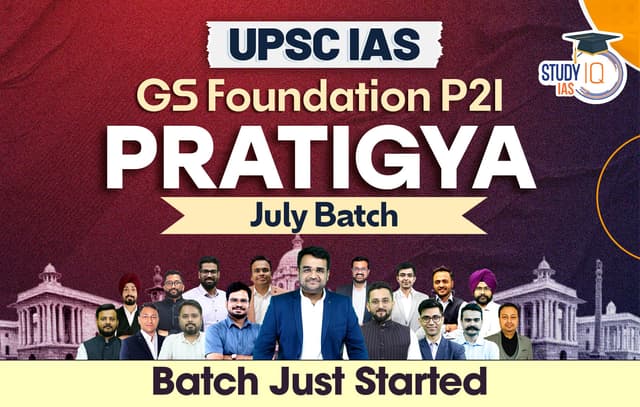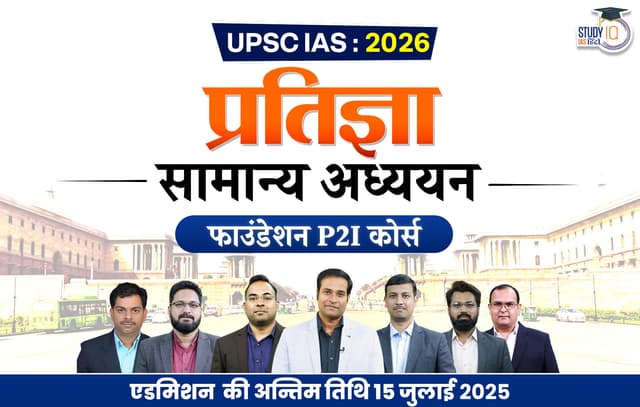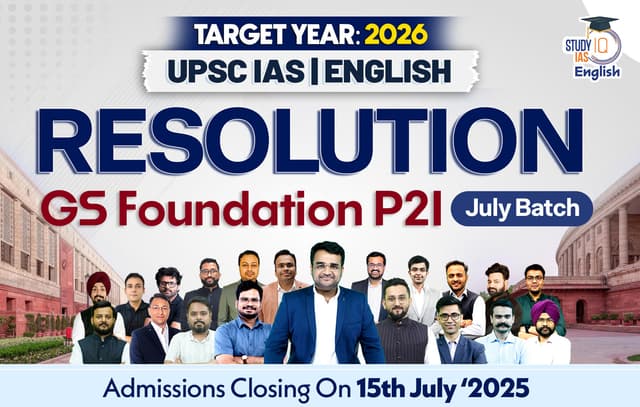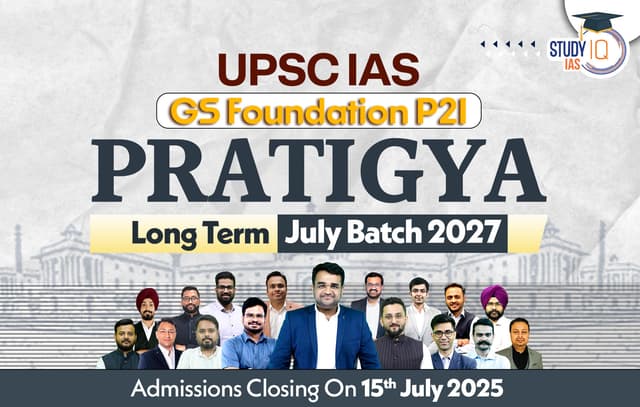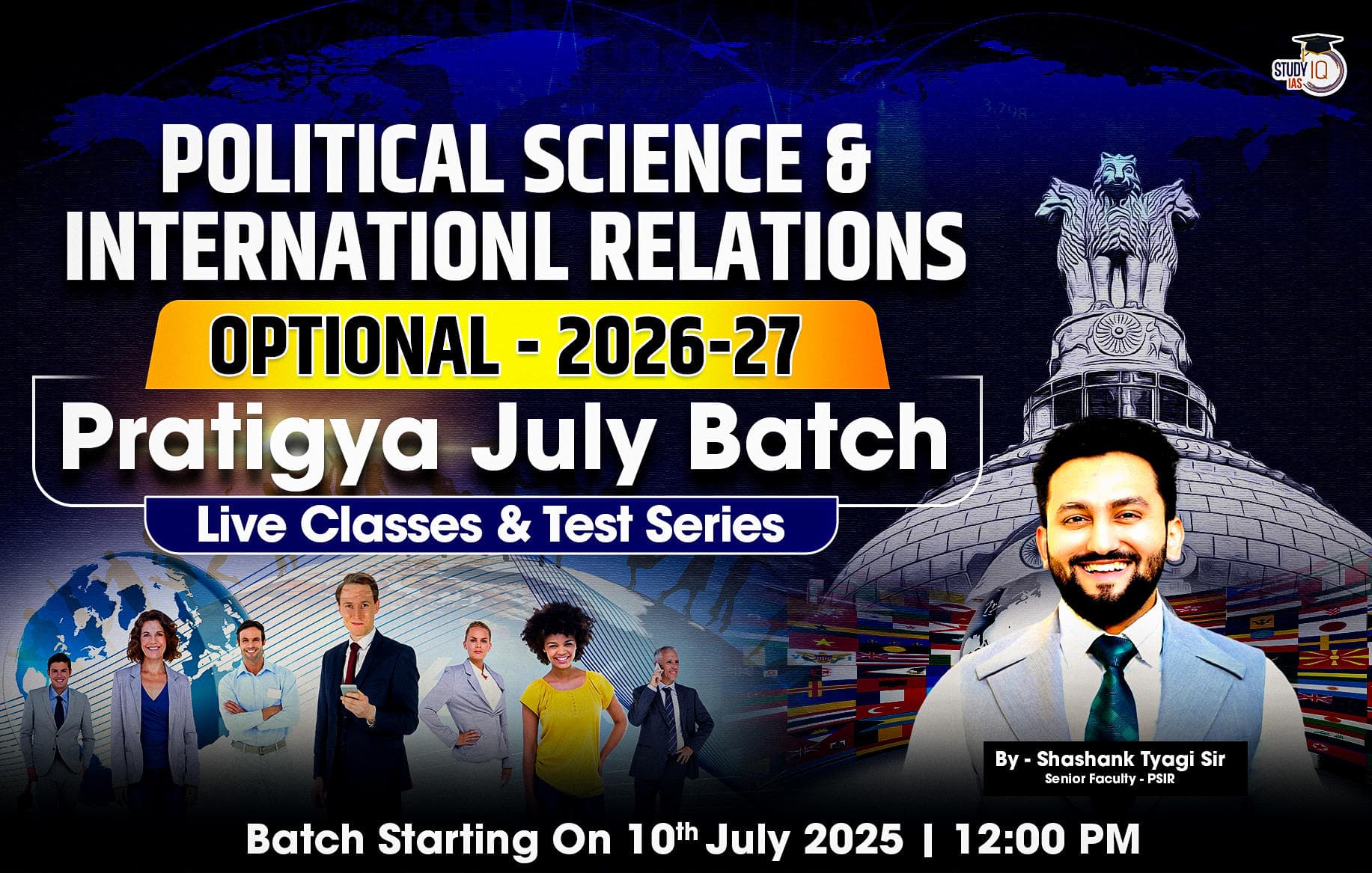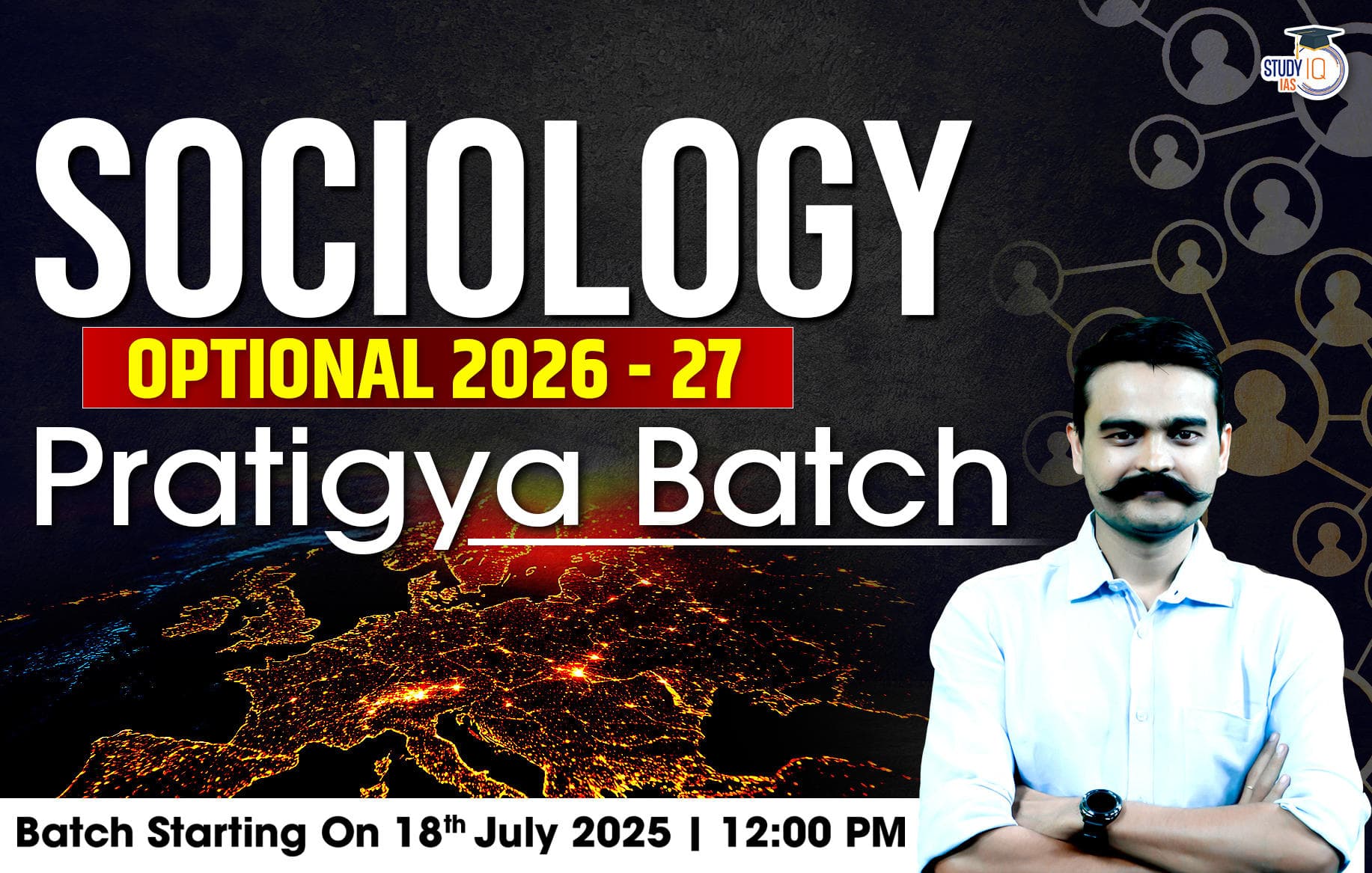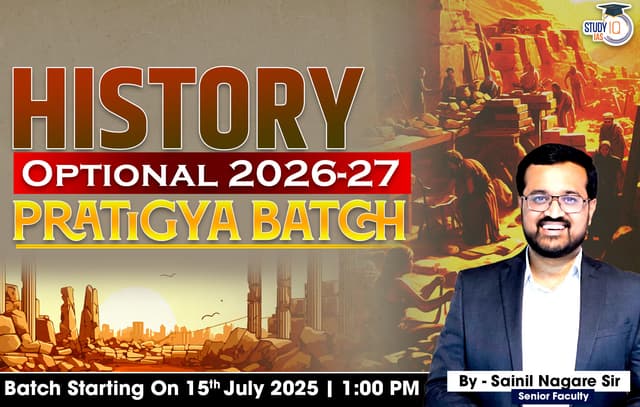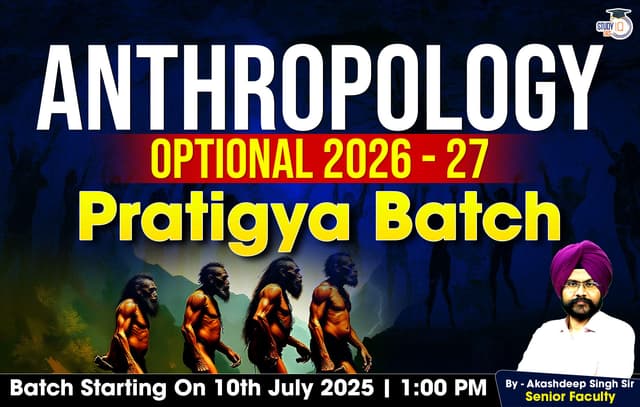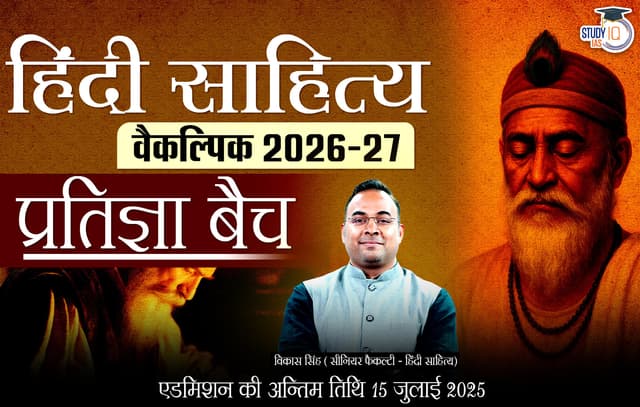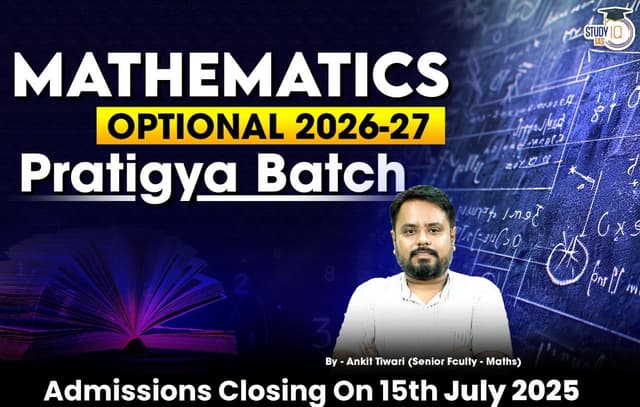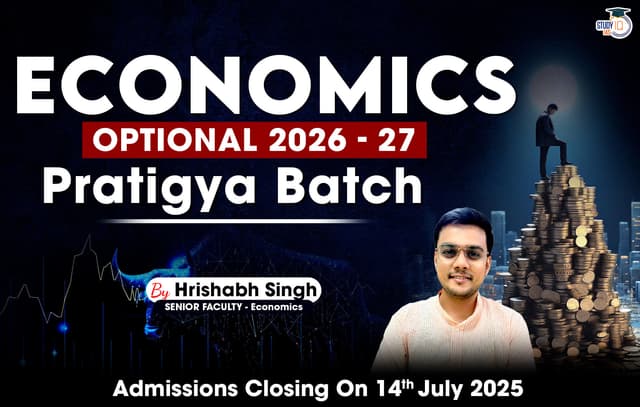Table of Contents
Context: Recent reports, including the World Bank’s “Poverty and Equity Brief” (April 2025) and subsequent updates, have claimed substantial progress: the proportion of Indians living in abject poverty has drastically reduced, yet questions about what these numbers mean—and how we define poverty—remain deeply contested.
According to the World Bank, 17 crore Indians were lifted out of poverty between 2011-12 and 2022-23. Extreme poverty fell sharply from 16.2% to just 2.3%.
Latest Facts about Poverty in India
- Numerical Decline: Extreme poverty in India fell from 344.47 million in 2011-12 to 75.24 million in 2022-23.
- State Contributions:
- Major Contributors (2011-12): Uttar Pradesh, Maharashtra, Bihar, West Bengal, and Madhya Pradesh together accounted for 65% of India’s extreme poor.
- These five states contributed to two-thirds of the total reduction in extreme poverty from 2011-12 to 2022-23.
- Poverty Line Metrics: Using the earlier $2.15 per-day poverty line (based on 2017 prices), India’s poverty rate fell from 16.2% in 2011 to 2.3% in 2022, translating to a reduction from 205.93 million to 33.66 million individuals.
- Rural vs. Urban Reduction: Rural poverty decreased from 18.4% to 2.8%, while urban poverty declined from 10.7% to 1.1% between 2011-12 and 2022-23.
- Multidimensional Poverty Index (MPI): The MPI, which considers factors like health, education, and standard of living, dropped from 53.8% in 2005-06 to 15.5% in 2022-23.
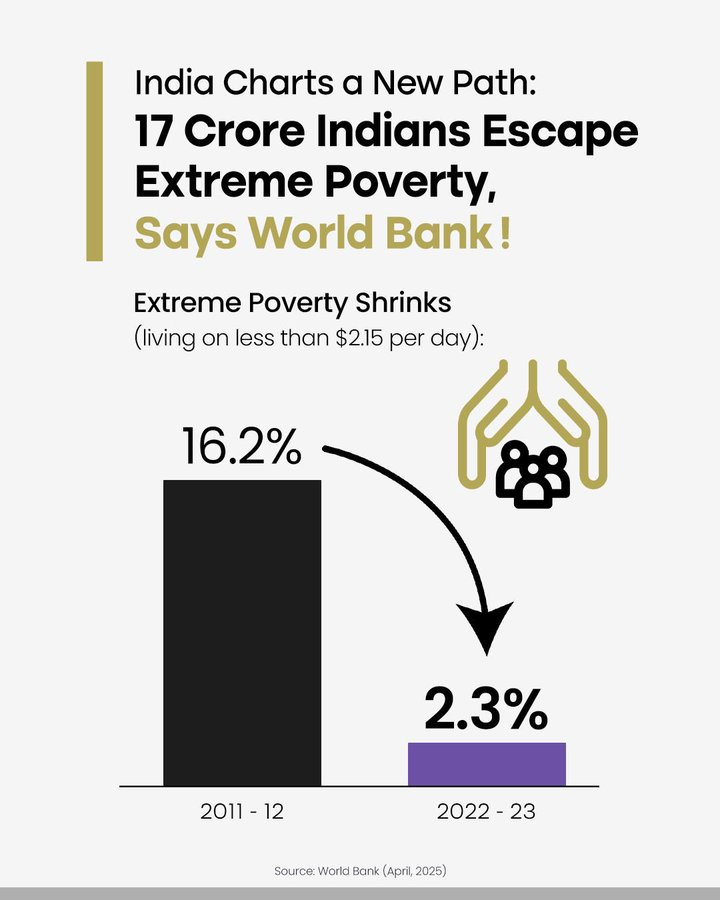
Recent World Bank Findings (2025)
- India’s extreme poverty rate fell to 5.75% in 2022-23, down from 27% in 2011-12.
- In absolute terms, about 171 million people moved out of extreme poverty in the last decade.
- The latest poverty line adopted is $3 a day (PPP basis), translating to Rs 62/day in India (using a PPP conversion rate of 20.6).
- In the past, the World Bank also revised historical poverty rates downward; for example, the 1977-78 poverty rate, earlier estimated at 64%, is now put at 47%.
| MPI (Multidimensional Poverty Index) |
| Use a range of indicators (monetary, health, education and others) to calculate a summary poverty figure for a given population. |
Also Read: Multidimensional Poverty
Poverty in India
Poverty in India is largely defined through minimum consumption levels based on calorie requirements and necessary goods/services. The Tendulkar and Rangarajan committees determined official rural and urban daily poverty lines in rupees. Such definitions based on consumption expenditure are tracked through NSSO surveys to estimate the poverty headcount ratio. Such a criticism, however, is that the thresholds usually end up being too low and, in some instances, cannot capture multidimensional deprivation.
| Committee/Panel | Year | Key Recommendations | Poverty Line (Urban/Rural) |
| Alagh Committee | 1979 | First official poverty line | Consumption-based |
| Lakdawala Committee | 1993 | Update methodology, price level | Consumption-based |
| Tendulkar Committee | 2009 | Shift to mixed reference period, new basket | Rs 29/22 (urban/rural, 2009) |
| Rangarajan Committee | 2014 | Raised thresholds, including broader needs | Rs 47/33 (urban/rural, 2014) |
Rapid population growth, slow economic development, unemployment, income disparity, price increases, political considerations, and social factors are some of the causes of poverty in India. Current official poverty lines (based on Tendulkar) are set at about ₹816 per month in rural and ₹1,000 in urban areas for 2011–12.
Why is Defining Poverty Essential?
- Policy Targeting: Identifies who needs welfare and to what extent.
- Resource Allocation: Determines how government funds and subsidies are distributed.
- Evaluation of Policy Impact: Allows assessment of whether interventions (e.g., PDS, MNREGA) are effective.
- Social Justice: Helps recognise and address deprivation among marginalised groups.
- International Reporting: Necessary for tracking progress towards SDGs and global commitments.
Poverty in India: Background
Before the 1990s, when India had a closed economy, all of its residents had access to the resources they needed through the public distribution system. However, because of budgetary limitations and policy changes brought about by India’s entry into the global economy, the government was only able to deliver the resources that were required to the target population—those who were deserving of government aid.
The government eventually adopted the Targeted Public Distribution System as a result. In other words, individuals who fall below the poverty line receive food that is subsidised by the government. Given that poverty has a wide range of causes and characteristics, it is challenging to define it precisely. It is different from city-country, rural-urban, etc. To put it another way, different viewpoints are used to define poverty.
However, the overall notion is that someone is considered to be living in poverty when they have less access to and affordability for necessities like food, clothing, and a place to live, healthcare, education, etc. Purchasing Power Parity and the nominal relative basis are used by the UN and the World Bank to calculate poverty. As a result, different perceptions lead to different poverty estimations.
Types of Poverty in India
Absolute poverty
It is the inability to obtain necessities for sustaining life, such as food, clothing, housing, etc. If a person cannot meet their fundamental necessities, they are seen to be poor. Countries designate a specific sum of money necessary to purchase a certain number of important food items based on a list of these items. People are considered poor and below the poverty line (those earning less than the amount designated for buying these products) if they are unable to purchase these items. It is referred to as absolute poverty.
Relative Poverty
Contrarily, individual poverty in India is contrasted. For instance, if I make Rs. 100 and my neighbour makes Rs. 200, I am significantly poorer than my neighbour.
Ability-Based Approach: Amartya Sen, a Nobel Prize winner, has advanced this theory. It examines poverty from the perspective of a person’s capabilities. To conduct a successful professional life and make a living, a person has to be educated and in good health. Lack of options for obtaining education and good health might make it difficult for someone to get employment, which can result in poverty. Some therefore urges the government to concentrate its spending and decision-making on enhancing public health and education.
Causes of Poverty in India
In India, poverty has several causes and is now one of the main social problems. In India, a sizable portion of the population suffers from poverty. In India, consumption expenditure is used to estimate poverty rather than income levels. Rapid population growth, slow economic development, unemployment, income disparity, price increases, political considerations, and social factors are some of the causes of poverty in India.
Economic Causes
The main economic causes of poverty in India include a low tax base, high levels of tax evasion, and wealthy individuals avoiding paying taxes. the creation of a vicious cycle whereby impoverished individuals pay less taxes, which in turn results in less money being spent on assistance programmes for the poor.
Poverty and the creation of problems like Naxalism, which feeds poverty further, are both caused by regional disparity, as seen in North East and East India. The economic causes of poverty in India are corruption and leaks in government schemes and programmes. Many Poverty Alleviation Programmes have been launched by the government in India; however, due to a lack of understanding, people are not taking advantage of them.
Although more than 50% of the population is employed in agriculture, it only accounts for 15% of GDP, concealing unemployment in the industry. Higher unemployment rate in India is one of the major causes of poverty to some extent. It demonstrates that the agricultural industry is where the majority of the impoverished are concentrated. Growth in unemployment that began after 1990, when, despite an increase in GDP, the majority of jobs were generated in skilled industries, preventing revenue from trickling down to the lower socioeconomic echelons of society.
Social Causes
Social factors like untouchability, caste system, etc., are major Causes of Poverty in India.
- Untouchability: People from lower castes are denied democratic rights in several of the nation’s less developed regions. They are cast aside by society, which contributes to one of India’s causes of poverty by forcing them into poverty.
- Caste System: The caste system divides society and keeps people from looking for employment outside of their caste. As a result, the wealthiest get richer and the poor get poorer.
- Unethical use of Power: When power is abused, poor people suffer a number of negative effects. One of the main causes of poverty in India is the corrupt government.
Geographical Causes
In the past 45 years, India’s population has grown by 2.2% per year, directly affecting the demand for resources. The fertility of the soil varies from place to place and differs from one location to another. It causes barren fields and is one of India’s primary causes of poverty. In terms of poverty, the differences between urban and rural life have a variety of effects.
Climatic Factors
Another factor contributing to India’s poverty is the country’s unstable political environment. A flood is a type of natural calamity that can significantly lower agricultural productivity. Poverty can result from this, which the government rarely attempts to combat. Drought is another climatic condition that contributes to poverty in India, in addition to floods. Droughts are a frequent cause of poverty in most nations since they can endure for a very long time. Seasonal rainfall irregularities can also cause problems with poverty. One of the factors contributing to poverty in India is the disruption of predicted rainfall and agricultural output in several regions of the country.
Government Initiatives to Combat Poverty in India
- Pradhan Mantri Awas Yojana: Provided affordable housing to poor households, improving living standards.
- Pradhan Mantri Ujjwala Yojana: Ensured access to clean cooking fuel (LPG) for rural and economically weaker sections.
- Jan Dhan Yojana: Expanded financial inclusion by opening bank accounts for millions of unbanked individuals.
- Ayushman Bharat: Offers free health insurance to low-income families, reducing out-of-pocket medical expenses.
Why Does India Use World Bank Poverty Estimates?
- Outdated Domestic Poverty Line: India’s last official poverty line was set in 2011-12, based on the Tendulkar Committee’s recommendations. Since then, no new official methodology has been adopted, leading to a vacuum in domestic measurement.
- Shift in Data Collection: Gaps and changes in data collection methods (e.g., household surveys, consumption data) have made it harder to estimate poverty consistently at the national level.
- International Comparability: World Bank estimates allow for global comparison and alignment with international development goals.
- Alternative Indices: India has developed the NITI Aayog Multidimensional Poverty Index (MPI), but it measures deprivations beyond income (e.g., health, education) and is fundamentally different from traditional income/consumption poverty lines.
Issues Associated with Defining Poverty
- Contextual Variation: Poverty is a context-sensitive concept; what counts as poverty in one time/place may not in another.
- Currency & PPP Confusion: Many misunderstand the poverty line conversion (using market exchange instead of PPP).
- Arbitrariness of Cut-offs: Small changes in the poverty line can lead to large swings in reported poverty rates.
- Data Limitations: Lack of timely, robust household consumption data skews estimates.
- Multiplicity of Estimates: Depending on the line and method, poverty rates can range from as low as 2% to as high as 82% in India.
- Political and Social Implications: Underestimation or overestimation of poverty affects policy priorities, resource allocation, and social welfare schemes.
What Can Be Done?
- Update and Standardize Methodology: Establish a new, transparent poverty line reflecting current consumption patterns and needs.
- Improve Data Quality: Resume and enhance regular, comprehensive household consumption surveys.
- Adopt Multidimensional Indices: Combine income-based lines with multidimensional approaches (like MPI) for a holistic picture.
- Contextualization: Set poverty thresholds that reflect regional cost-of-living differences within India.
- Regular Revision: Institutionalize periodic revision of poverty lines to reflect changing economic realities.
- Communication and Literacy: Clearly explain the meaning and implications of poverty lines to avoid public confusion.
Poverty is a problem that affects the entire country, not just one individual. It should also be addressed as quickly as feasible by using the proper solutions. In addition, eradicating poverty is now essential for the long-term, inclusive development of the population, society, nation, and economy. The UPSC syllabus includes the issue of poverty in India; hence, applicants must be knowledgeable about all aspects of it. We have discussed the UPSC notes on the causes of poverty in this article to assist candidates as they study for the UPSC Prelims and UPSC Mains exams.

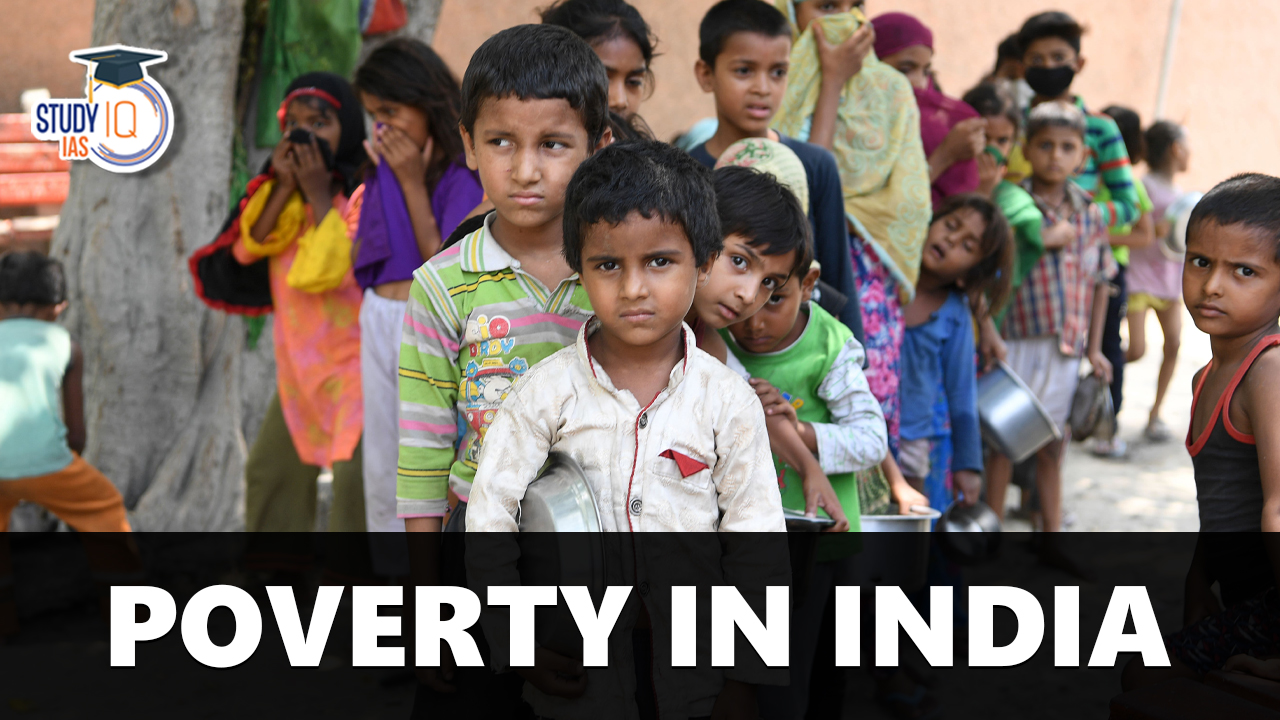
 Cat Bonds (Catastrophe Bonds), Meaning, ...
Cat Bonds (Catastrophe Bonds), Meaning, ...
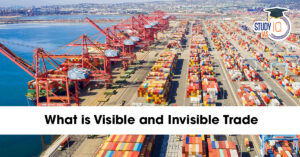 What is Visible and Invisible Trade with...
What is Visible and Invisible Trade with...
 Chemical Industry in India: Powering Ind...
Chemical Industry in India: Powering Ind...

